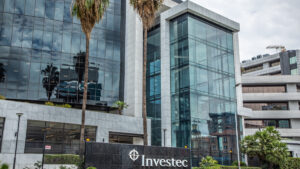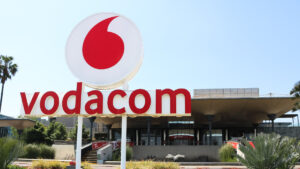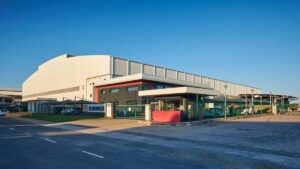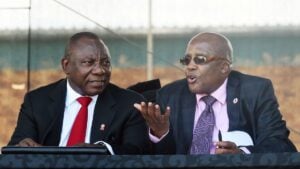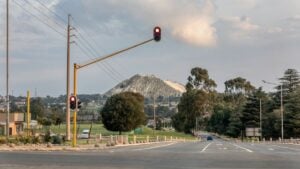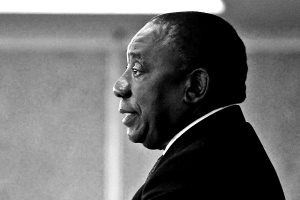Turnaround for South Africa suffers major blow
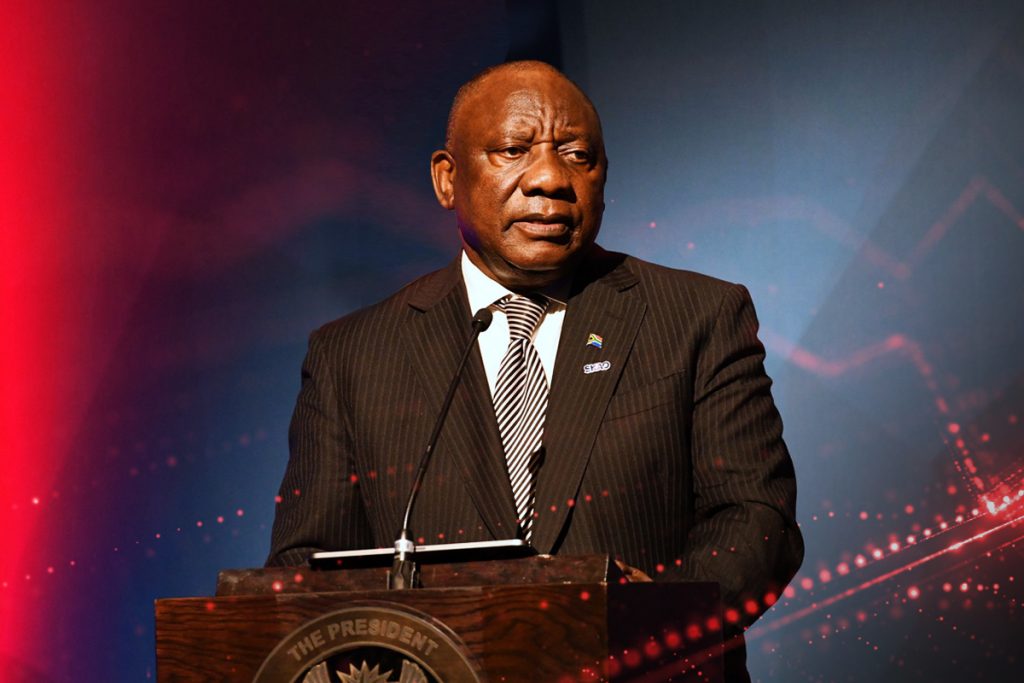
South Africa’s economy has had a noticeably sluggish first half of the year, and hopes for a more positive turn in the second half may have just been upended by the US’s announcement of a 30% tariff starting in August.
While the South African economy held onto growth in the first quarter of the year, it was incredibly slow and underwhelming.
Q1 GDP data from Stats SA showed that South Africa only managed 0.1% growth in Q1 and expectations for Q2 growth are also subdued.
Nedbank attributed the stagnation to persistent weakness in mining and manufacturing, which intensified, subduing the recovery in services.
Business and consumer confidence remained frail, undermined by visible and persistent tensions in the government of national unity (GNU) and major issues with infrastructure.
This included failing municipal services, regular disruptions to water supply, and significant damage in several provinces due to storms and severe flooding.
Adding to the local problems, South Africa’s strained diplomatic relations with the United States and punishing tariffs put even more pressure on the economy.
Many of these factors will likely yield a similar strained GDP result for Q2.
Given the pressures of the first half of the year, Nedbank’s economists were more hopeful that the country would show an upward trajectory in the second half.
However, the hangover from the tensions with the US will now likely be felt in Q3.
The key factor to watch is the end of the 90-day pause on the US’s reciprocal tariffs. US President Donald Trump announced on Monday (7 July) that South Africa would see a 30% tariff kick in from 1 August.
Nedbank said the future of the African Growth and Opportunity Act (AGOA) also still hangs in the balance. South Africa will know its fate with AGOA around September when it comes to renewal time.
Some positives do exist

Despite the turmoil, Nedbank said the South African economy still has some positive momentum for the quarters ahead.
This will likely come from consumer spending, underpinned by rising real incomes, subdued inflation, lower interest rates and continued withdrawals from contractional savings, it said.
“Government consumption and capital expenditure could provide an added boost.”
However, the bank warned that significant risks remain in the picture, even outside the US trade barrier.
Some of the biggest risks include renewed political instability, weaker global growth, and sluggish commodity prices.
These would likely undermine business confidence, hurt exports, and discourage fixed investment in the private sector.
This, in turn, would dampen South Africa’s growth prospects and keep key indicators muddling along.
Nevertheless, it has maintained an optimistic GDP forecast for the year in line with the wider consensus at 1% growth in 2025.
It expects inflation will rise gradually off a low base, but remain relatively contained, kept in check by a surprisingly resilient rand, and much lower global oil prices.
Rand and rate cuts

The path forward for the rand and interest rate cuts will also depend on how South Africa navigates the risks ahead.
Nedbank noted that the path for the rand will largely be dictated by the trajectory of the US dollar, which has been on the back foot and weighed down by Washington’s trade and fiscal policies.
This has allowed the rand to weather many of the local storms and even strengthen amid significant pressure, such as that presented by the US tariffs.
However, the rand could come under renewed pressure when the US imposes a much higher reciprocal tariff on South Africa than its peers, it said.
This is starting to look like the likely outcome after Trump’s tariff announcement on Monday.
Other factors that could hit the rand are if global risk sentiment sours on renewed geopolitical tensions, a breakup in the GNU, or the return of severe electricity and logistics bottlenecks.
Regardless, with a relatively favourable inflation outlook, the banks said there is still a good chance that further interest rate cuts could be coming, with a potential cut of 25 basis points in July.
While this is out of step with some more bearish economists—who anticipate a hold as the central bank digests the end of the US tariff pause—Nedbank’s view is bearish in its own way.
The group anticipates that a rate cut in July would be followed by a prolonged period of steady Reserve Bank holding rates, particularly as it adjusts to a lower inflation target.
There may be room for an additional cut of 25 basis points, but this would be highly dependent on what happens in other markets, especially the United States, it said.
“If the US Fed cuts by 50 bps as the markets expect, SARB will likely have more space to follow suit without jeopardising capital inflows or currency stability,” it said.
“Should the US Fed act more aggressively in response to US weakness, the Reserve Bank may have the flexibility to ease by an additional 25 bps.”


